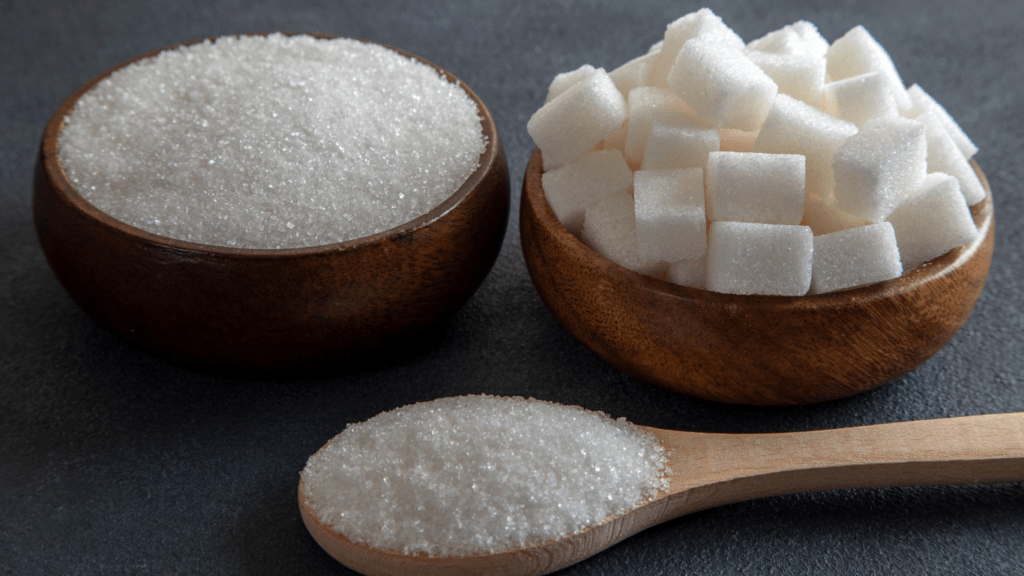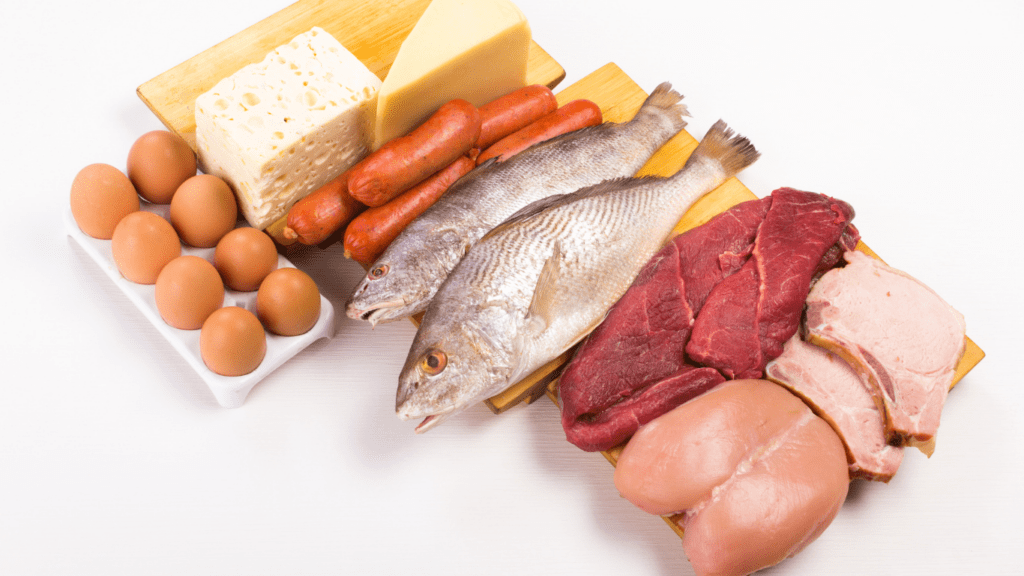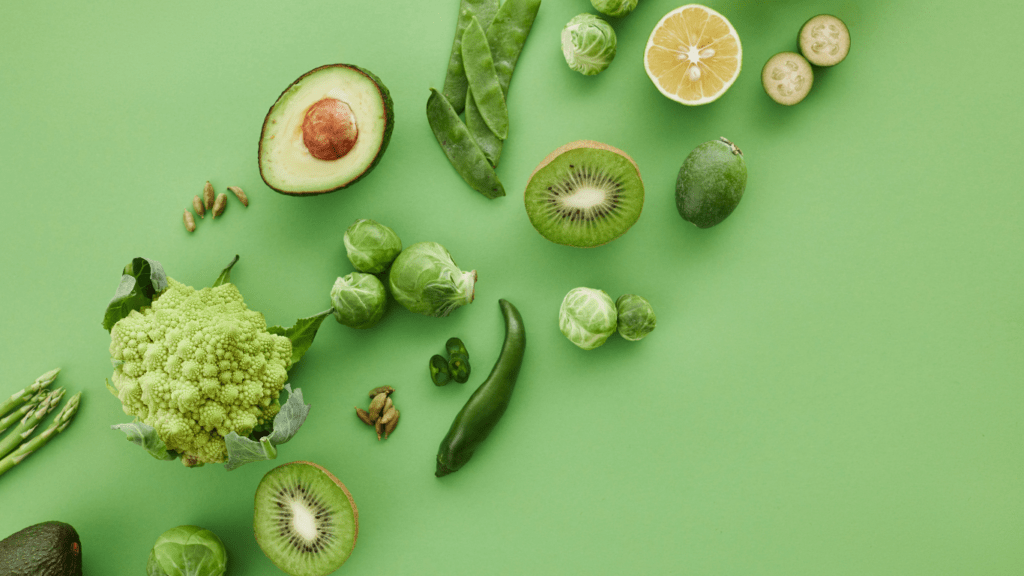Navigating the world of hidden sugars in our diets can be a tricky task. As someone who is passionate about health and wellness, I understand the importance of being mindful of what we consume.
In this article, I’ll share valuable insights on how to spot and steer clear of those sneaky sugars that often go unnoticed. From seemingly innocent condiments to so-called “healthy” snacks, sugars can lurk in unexpected places, sabotaging our efforts to maintain a balanced diet.
By honing in on key ingredients and understanding how they are disguised on food labels, we can make informed choices that support our well-being. Join me as I delve into practical tips and strategies to help you uncover hidden sugars and make smarter dietary decisions.
Understanding Hidden Sugars in Foods
Exploring hidden sugars in foods is crucial for maintaining a healthy diet. By being aware of where these sugars hide, I can make informed choices about what I consume. Let’s delve into key strategies for identifying and avoiding hidden sugars in everyday food items.
Decoding Food Labels
When scrutinizing food labels, I analyze the total sugar content listed. Familiarizing myself with various names for sugar, such as sucrose, fructose, and high fructose corn syrup, ensures I don’t overlook hidden sugars.
By focusing on ingredients listed near the beginning as they are the most abundant I can spot hidden sugars like maltose, dextrose, or syrups that may disguise as healthier options.
Understanding Serving Sizes
It’s essential to pay attention to serving sizes when assessing sugar content. Sometimes a seemingly low-sugar product can become a significant sugar source if consumed in large quantities. By checking the serving size and corresponding sugar content, I can estimate my actual sugar intake more accurately.
Being Mindful of Condiments and Sauces
Condiments and sauces, often overlooked sources of hidden sugars, can significantly contribute to overall sugar consumption. While enhancing flavor, items like ketchup, BBQ sauce, or salad dressings may contain substantial amounts of hidden sugars.
By opting for homemade or sugar-free versions, I can enjoy these flavors guilt-free.
Relying on Whole Foods
Choosing whole foods over processed options is a reliable strategy for reducing hidden sugar intake. Whole fruits, vegetables, and lean proteins provide essential nutrients without added sugars.
By prioritizing whole foods in my diet, I can steer clear of hidden sugars commonly found in processed snacks and beverages.
Staying Proactive
Maintaining awareness of hidden sugars requires continuous effort and vigilance. Regularly reviewing food labels, moderating intake of sugary condiments, and opting for whole foods are habits that support long-term sugar avoidance.
By staying proactive in my food choices, I can better control my sugar consumption and promote a healthier lifestyle.
High-Sugar Culprits to Watch Out For
When it comes to hidden sugars in our diets, certain culprits can significantly contribute to our daily intake without us even realizing it. By being aware of these high-sugar sources, we can make more informed choices for our health and well-being.
Sweetened Beverages
I always pay close attention to the beverages I consume, as many popular drinks are loaded with hidden sugars. Sodas, energy drinks, fruit juices, and sweetened coffees or teas can contain a surprising amount of added sugars.
Even seemingly healthy options like flavored waters and sports drinks may not be as innocent as they appear. It’s essential to check the nutrition labels and ingredient lists carefully to identify these sources of hidden sugars and opt for sugar-free or unsweetened alternatives whenever possible.
Packaged Foods
When shopping for packaged foods, I’m vigilant about inspecting the labels for hidden sugars. Many processed foods, including cereals, granola bars, yogurt, and even savory items like ketchup and salad dressings, can have added sugars to enhance flavor.
Ingredients like high-fructose corn syrup, agave nectar, and various syrups are commonly used to sweeten packaged foods. Choosing whole, unprocessed options and preparing meals from scratch can help avoid these hidden sugars and give me better control over what I’m eating.
Tips for Spotting Hidden Sugars on Nutrition Labels
Decoding nutrition labels is crucial in uncovering hidden sugars in your diet. By understanding how to read these labels effectively, you can make informed decisions about the foods you consume.
Below are some key tips to help you spot hidden sugars on nutrition labels:
- Look Beyond “Sugar”: Scan the ingredient list for various names that denote added sugars, such as high-fructose corn syrup, dextrose, sucrose, and maltose. Being aware of these alternative terms can help you identify hidden sugars that may not be prominently labeled as “sugar.”
- Mind the Serving Size: Pay attention to the serving size on the nutrition label. Even products with seemingly low sugar content can contribute significantly to your daily intake if consumed in larger portions than the serving size indicates. Be mindful of portion sizes to avoid excess sugar consumption.
- Beware of Condiments: Condiments like ketchup, barbecue sauce, and salad dressings often contain hidden sugars to enhance flavor. Opting for homemade versions or sugar-free alternatives can help reduce your sugar intake without compromising on taste.
- Choose Whole Foods: Prioritize whole, unprocessed foods over packaged and processed options. Whole foods are typically lower in added sugars and provide essential nutrients without the hidden sugars commonly found in pre-packaged snacks and meals.
- Scrutinize Sweetened Beverages: Be cautious of sweetened beverages like sodas, energy drinks, and flavored waters, as they often contain high amounts of added sugars. Checking the nutrition labels and opting for sugar-free alternatives can help you reduce your sugar intake significantly.
By applying these tips when reviewing nutrition labels, you can become more adept at identifying hidden sugars in your diet. Making conscious choices based on this knowledge can lead to a healthier lifestyle and improved overall well-being.
Strategies to Reduce Hidden Sugar Intake
Decoding food labels and familiarizing myself with different names for sugar is key in reducing hidden sugar intake. By carefully examining ingredient lists, I can uncover hidden sugars in products that may seem healthy at first glance.
Understanding serving sizes is crucial. Even products labeled as low in sugar can contribute significantly to my overall intake if consumed in large quantities.
Therefore, paying attention to portion sizes is essential in managing hidden sugar consumption effectively. One often overlooked source of hidden sugars is condiments and sauces. Opting for homemade versions or choosing sugar-free options can help me avoid unnecessary sugar in my diet.
Making this switch can significantly impact my overall sugar intake without compromising flavor. Choosing whole foods over processed alternatives is another valuable strategy. By prioritizing fresh, unprocessed ingredients, I can steer clear of hidden sugars present in many packaged foods.
This shift towards whole foods not only reduces hidden sugar consumption but also enhances the nutritional value of my meals. Being mindful of sweetened beverages is crucial in minimizing hidden sugar intake.
Sodas, energy drinks, and flavored waters can contain surprisingly high levels of added sugars. Checking nutrition labels carefully and opting for sugar-free alternatives can help me avoid excessive sugar consumption from beverages.
By implementing these strategies, I can proactively reduce hidden sugar intake in my diet, making informed choices that support a healthier lifestyle and overall well-being.



 Mindfulness and Meditation Expert
Paulether Masterson is Aura Nature Spark's mindfulness and meditation expert, with extensive training in various meditation techniques and practices. She is dedicated to teaching individuals how to cultivate inner peace and resilience through mindfulness. Paulether offers workshops and resources that help clients incorporate meditation into their daily routines, enhancing their overall well-being. Her calming presence and insightful guidance inspire many to explore the transformative benefits of mindfulness in their lives.
Mindfulness and Meditation Expert
Paulether Masterson is Aura Nature Spark's mindfulness and meditation expert, with extensive training in various meditation techniques and practices. She is dedicated to teaching individuals how to cultivate inner peace and resilience through mindfulness. Paulether offers workshops and resources that help clients incorporate meditation into their daily routines, enhancing their overall well-being. Her calming presence and insightful guidance inspire many to explore the transformative benefits of mindfulness in their lives.
